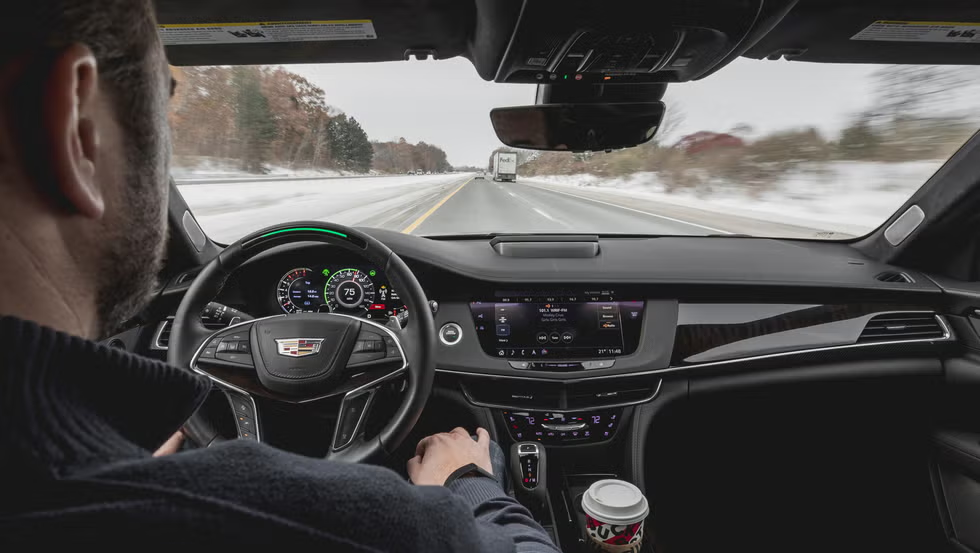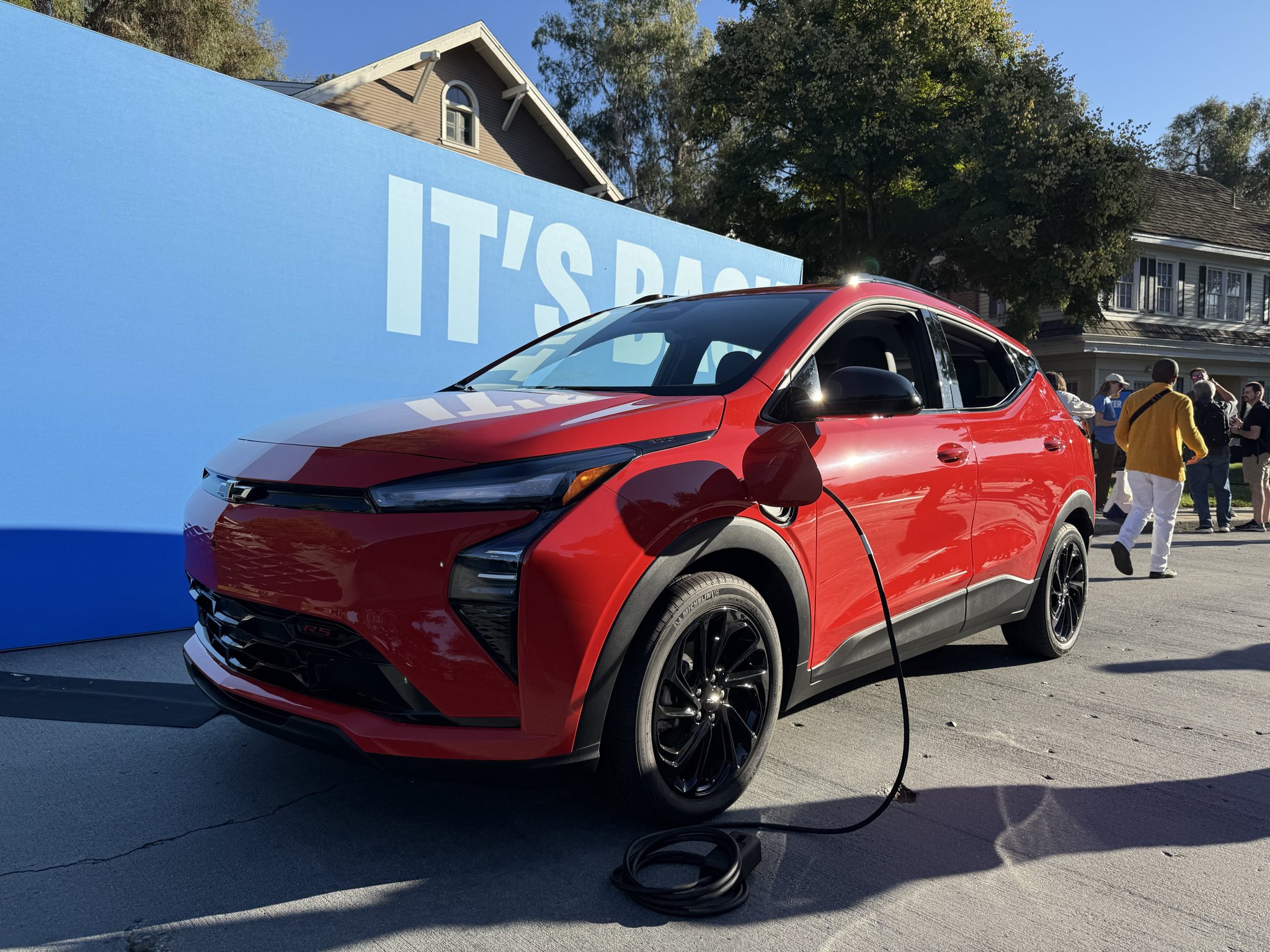Xiaomi SU7 Ultra Catches Fire in High-Speed Crash, Raising Safety Concerns
Safety editor tracking recalls, crash tests and regulations. Drives a Volvo V90; keeps a few child seats for testing.
In a dramatic accident on Tianfu Avenue, Chengdu, a Xiaomi SU7 Ultra electric vehicle burst into flames after colliding with a median strip. The incident, which occurred in the early hours of October 13, 2025, has sparked discussions about vehicle safety and emergency response protocols.
The accident involving the Xiaomi SU7 Ultra has drawn significant attention, not just due to the fiery conclusion, but also because of the harrowing attempts at rescue. Eyewitnesses captured videos showing bystanders desperately trying to save the occupants trapped inside the burning vehicle. Despite using elbows, shoe soles, and even a fire extinguisher, the rescuers were unable to break the windows or combat the intense heat and flames. Unconfirmed reports suggest that the vehicle's doors might have been locked, further complicating rescue efforts. The footage of the incident has gone viral, raising serious concerns about the safety features of modern electric vehicles.
As the investigation unfolds, both local authorities in Chengdu and Xiaomi Auto remain tight-lipped about the specifics of the accident. While details regarding the cause of the fire and the condition of the individuals involved are still pending, the situation has already had repercussions. Following the incident, Xiaomi's stock experienced a notable drop of 6.5%, reflecting investor concerns over the potential impact on the brand's reputation and sales. The accident also adds pressure on the automotive industry to enhance safety standards, particularly regarding door lock mechanisms and emergency egress options.
This tragic event is not an isolated case for Xiaomi vehicles. Earlier this year, a similar accident involving a Xiaomi SU7 resulted in the deaths of three university students. These incidents highlight the growing pains of tech companies entering the automotive sector, where safety and reliability are paramount. As China prepares to implement new safety standards for car door handles, the timing of these accidents could influence regulatory decisions. The industry's rapid evolution brings challenges in ensuring that new technologies do not compromise fundamental safety protocols.
Beyond the immediate implications for Xiaomi, the accident raises broader questions about the safety of electric vehicles (EVs) in general. As EVs become more prevalent, ensuring they are equipped with adequate safety features has become a critical focus for manufacturers and regulators alike. The incidents also underscore the importance of public awareness and understanding of EV-specific hazards, such as battery fires and the unique challenges they present in emergency situations. These discussions are vital as the global transition to electric mobility continues.
As investigations continue, the automotive industry and regulators will be closely watching the outcomes. The findings could drive significant changes in EV design and safety features, with potential implications for manufacturers worldwide. For now, the focus remains on understanding what went wrong and how similar incidents can be prevented in the future. This tragic accident serves as a stark reminder of the risks that accompany technological advancements and the constant need for vigilance and improvement in vehicle safety standards.
About Nina Alvarez
Safety editor tracking recalls, crash tests and regulations. Drives a Volvo V90; keeps a few child seats for testing.



